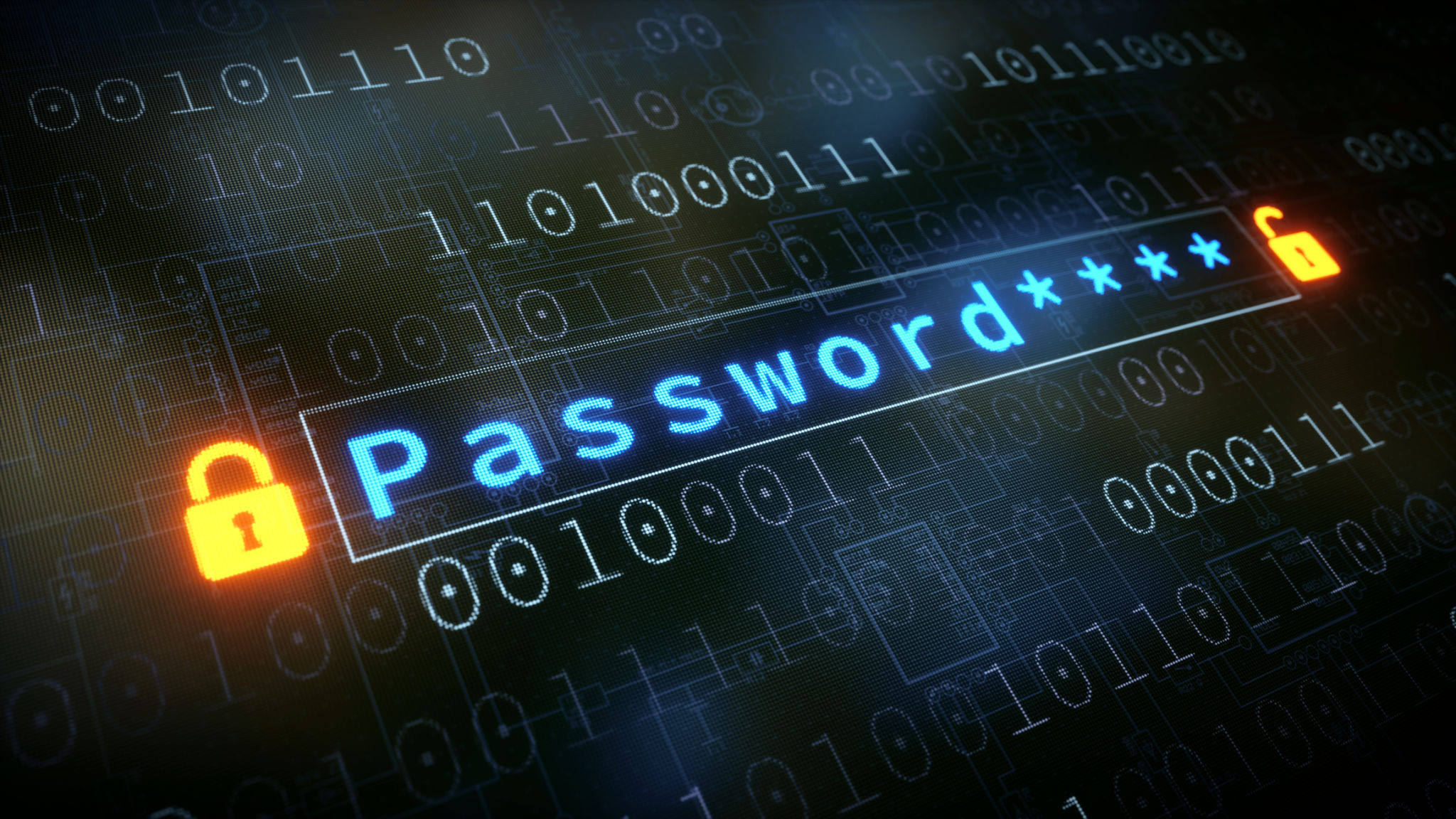Myth-Busting Cyber Security: Common Misconceptions Debunked
Understanding Cyber Security: Separating Fact from Fiction
In today's digital age, cyber security is more crucial than ever. Yet, despite its importance, many misconceptions about cyber security persist. These myths can lead to inadequate protection and leave individuals and businesses vulnerable to cyber threats. In this post, we'll debunk some of the most common cyber security myths to help you better safeguard your digital assets.

Myth 1: Small Businesses Aren't Targets
One widespread myth is that cybercriminals only target large corporations. However, the reality is quite different. Small businesses often lack robust security measures, making them attractive targets for cybercriminals. According to studies, over 40% of cyber attacks are aimed at small businesses. It’s vital for small business owners to invest in effective cyber security strategies to protect their operations.
Small businesses can become victims of ransomware attacks, phishing scams, and data breaches. By implementing strong passwords, regular software updates, and employee training, even smaller companies can significantly reduce their risk.
Myth 2: Antivirus Software is Sufficient Protection
While antivirus software is an essential component of a cyber security strategy, relying solely on it is a mistake. Cyber threats have evolved to become more sophisticated, and traditional antivirus programs may not detect newer types of malware or phishing attempts. A comprehensive security approach should include firewalls, intrusion detection systems, and regular security audits.

Additionally, user education plays a crucial role in preventing cyber attacks. Employees should be aware of the latest phishing techniques and how to recognize suspicious emails or links. This knowledge can be a powerful tool in preventing unauthorized access to sensitive information.
Myth 3: Strong Passwords Are Enough
Creating strong passwords is a good practice, but it’s not foolproof. Cybercriminals use advanced methods like phishing and social engineering to bypass even the strongest passwords. Implementing two-factor authentication (2FA) adds an extra layer of security by requiring a second form of verification, such as a text message code or biometric scan.
Using a password manager can also enhance your security by generating and storing complex passwords for multiple accounts. This minimizes the risk of password reuse, which is a common vulnerability exploited by hackers.

Myth 4: Cyber Security is IT’s Responsibility Only
Another misconception is that cyber security falls solely within the domain of the IT department. While IT professionals play a critical role in implementing technical defenses, everyone in an organization shares responsibility for maintaining security. All employees should be proactive in recognizing potential threats and reporting suspicious activities.
Encouraging a culture of security awareness across all departments ensures that every team member is engaged in protecting the organization’s digital assets. Regular training sessions and updates on the latest cyber threats can help foster this culture.
The Importance of Staying Informed
Cyber security is a dynamic field that requires constant vigilance and adaptation. By dispelling these myths and embracing a proactive approach to security, individuals and businesses can better protect themselves against ever-evolving threats. Staying informed about the latest security trends and investing in comprehensive protection strategies are key steps towards safeguarding your digital world.
